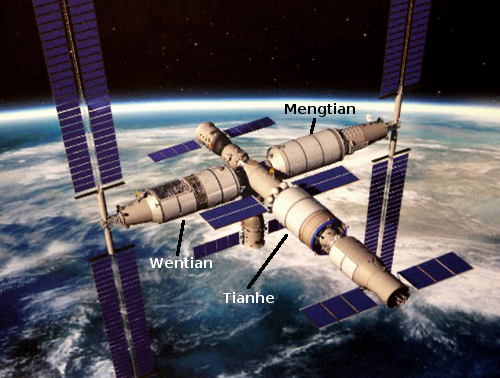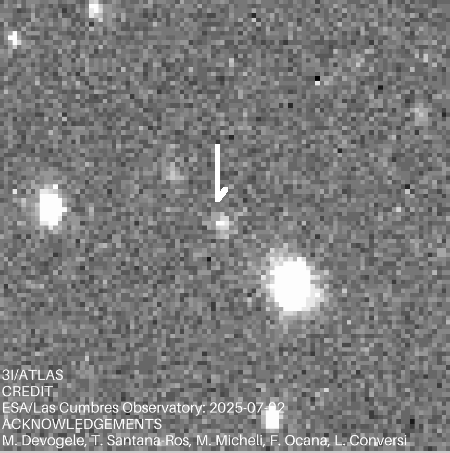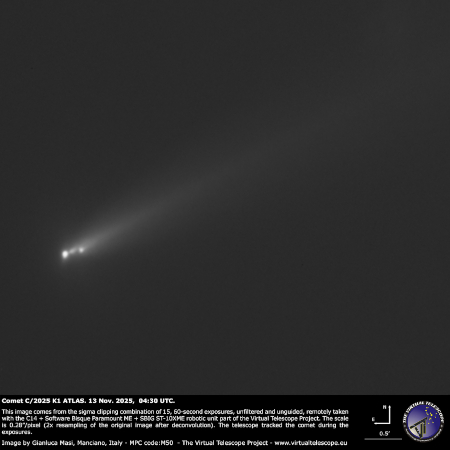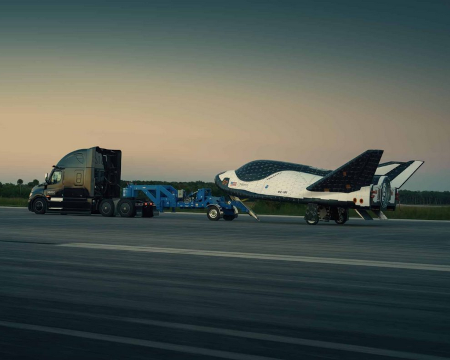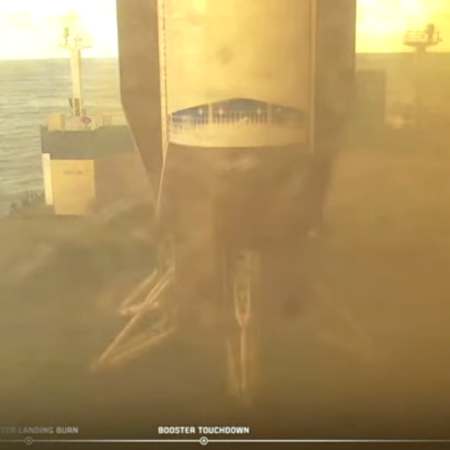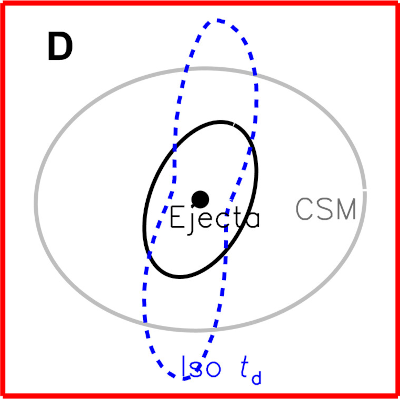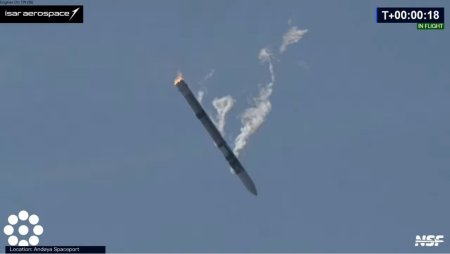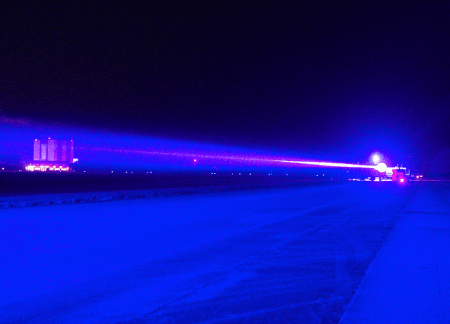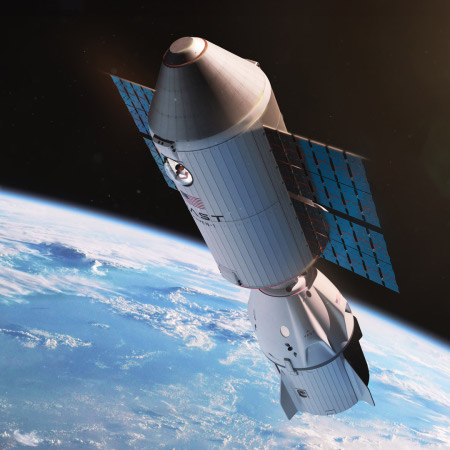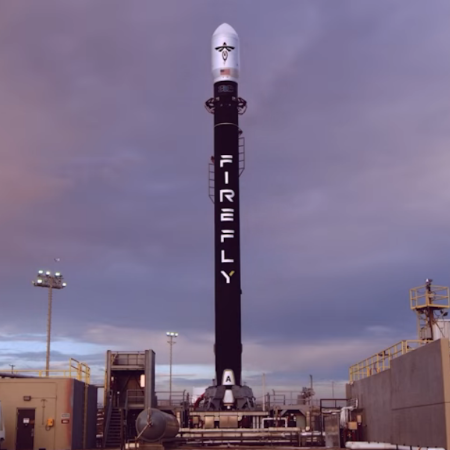Thailand rejects Starlink
Because of local laws forbidding the operation of any foreign-owned telecommunications company in Thailand, its government has rejected any sale of Starlink terminals inside the country.
The Digital Economy and Society Ministry has rejected a proposal from SpaceX to provide Starlink low-orbit satellite internet services in Thailand through a 100% foreign-owned company, citing national security concerns and legal restrictions. “If the company wants to set up a wholly owned firm, there will be no opportunity … to cooperate, as telecom ownership is directly linked to our digital security system,” minister Chaichanok Chidchob said on Friday.
This is the same problem that SpaceX has faced in a number of other third world countries, such as India and South Africa. In South Africa the government demanded SpaceX give up some or all of its ownership rights as well as impose a variety of racial or employment quotas that SpaceX considers unacceptable. Thus, no Starlink. In the case of India, the government insisted that its own telecom companies get a cut. SpaceX then managed to negotiate deals with each, where those companies market the Starlink terminals for SpaceX.
Apparently, no such deal has yet been worked out in Thailand.
Expect a deal eventually, however. The article notes that Thailand’s neighbor Vietnam has a Starlink deal allowing its citizens to sign up without restrictions. That agreement is going to put great pressure on Thailand
Because of local laws forbidding the operation of any foreign-owned telecommunications company in Thailand, its government has rejected any sale of Starlink terminals inside the country.
The Digital Economy and Society Ministry has rejected a proposal from SpaceX to provide Starlink low-orbit satellite internet services in Thailand through a 100% foreign-owned company, citing national security concerns and legal restrictions. “If the company wants to set up a wholly owned firm, there will be no opportunity … to cooperate, as telecom ownership is directly linked to our digital security system,” minister Chaichanok Chidchob said on Friday.
This is the same problem that SpaceX has faced in a number of other third world countries, such as India and South Africa. In South Africa the government demanded SpaceX give up some or all of its ownership rights as well as impose a variety of racial or employment quotas that SpaceX considers unacceptable. Thus, no Starlink. In the case of India, the government insisted that its own telecom companies get a cut. SpaceX then managed to negotiate deals with each, where those companies market the Starlink terminals for SpaceX.
Apparently, no such deal has yet been worked out in Thailand.
Expect a deal eventually, however. The article notes that Thailand’s neighbor Vietnam has a Starlink deal allowing its citizens to sign up without restrictions. That agreement is going to put great pressure on Thailand



